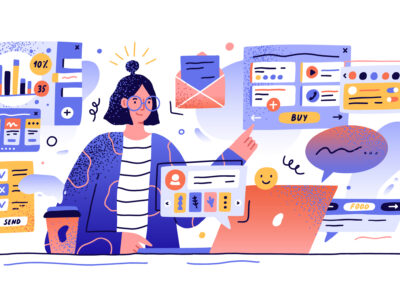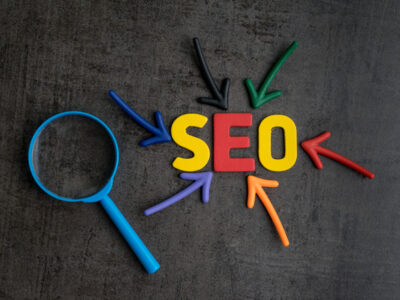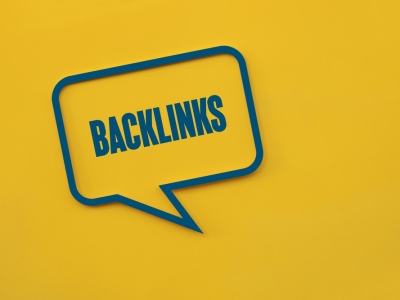
We’ve all grown accustomed to filling out old fashioned, traditional forms that ask us our personal information, but are anything but personalized. We all begrudgingly fill out forms in exchange for things we want or need. Things like credit cards, bills of sale, sign-up sheets for various subscriptions and mailing lists, and even obligations. You can’t go to the doctor, dentist, or even the vet without first filling out a form, and now more and more small businesses are asking the same of customers for research purposes or extra information about a client (and who can blame them?).
We are heavy in the midst of the information age. Businesses collect our personal information, sometimes even sell it to other businesses, and we receive more subscriptions and junk mail both from things we’ve signed up for (and things we didn’t) than any other generation in history. Fortunately, marketers have developed an alternative—the narrative form.
What Exactly is a Narrative Form?
A Narrative Form captures the same personal information at the timely “boxed” or “grid” form, but instead of asking you the questions in a “list” format and supplying boxes for your response, it is written in a narrative form and is personalized just for you.
Below are side-by-side comparisons of the different forms from vast.com. As you’ll notice, both ask you for the exact same information, but the WAY they ask for it is the big difference.
[insert screenshot]
This format is also referred to as “”Mad Libs” (just like the children’s game) and has been reported to increase conversion rates by 25 to 40 percent. This “story” type format from days of yore has come back to hopefully entice us to actually enjoy completing applications
So as a trendy, cutting edge online marketer, you must ask yourself that inevitable question: Do I want to jump on the Narrative Form band wagon?
The Pros and Cons of the Narrative Form Format
- PRO: It just makes sense. There are some popular thoughts that the human brain learns and is stimulated by thought sequences. Building on this premise, it is widely believed that we learn quicker and more efficiently through stories than memorization. If this is true, the Narrative Form format makes more sense to our brains, and we’ll be drawn to its story-like nature.
- Con: Been there, done that.: There’s an old adage, “Those who do not study history are bound to repeat it.” The Narrative Form was first introduced in 2010. It didn’t catch on. A savvy entrepreneur must ask the question, “Why not?” and that’s a great question! What was it about the form that people didn’t like? OR was the problem with the businesses? Perhaps they just didn’t want to change their forms? Perhaps they didn’t give the new format a chance? The answers are uncertain.
- PRO: You can’t argue with hard fast numbers. A recent study by Ron Kurti and the team at Vast.com studied a narrative form developed by Jeremy Keith for his audio sharing site, Huffduffer. Ron and his team ran tests comparing the old fashioned grid form to the new, unique narrative form. What they found was an increase in conversion factors (sales and the like) from the narrative form. The increase was often as high as 40%!
- CON: People don’t like change. And businesses are people, too, right? A lot of people resist change, or at the very least, wait until a new trend is proven before they change. There’s nothing wrong with that. In fact, if people changed every time a new fad was introduced, their expenses would increase, their loyal customers may suffer from some confusion, and continuity and consistency may disappear. Some argue it’s more prudent to wait for the “dust to settle” / more positive feedback before spending the time and money to change.
- PRO: Inviting, fun, and more visually appealing. We all enjoy Mad Libs, and we all enjoy a form tailored to and about us. The new narrative form may actually attract and entice customers to take a closer look and sign up just for fun. However, besides the potential fun, the narrative form is more visually appealing to our brains. The fields in the narrative form are more broken up, there’s more or a variety then a sameness, so our brain is actually more attracted to the contrast versus the “sameness” of the grid form
Incidentally, all of these pro’s and con’s can be applied to text as well as form formats. Row after row of like paragraph size and shape disengages the reader, just like the similar row format of the old grid form.
Has your company chosen to add narrative web forms to your buying process? As a consumer, would you prefer a narrative web form? Let us know your thoughts in the comments below.
Featured images:
- License: Royalty Free or iStock source: vast.com









Comments